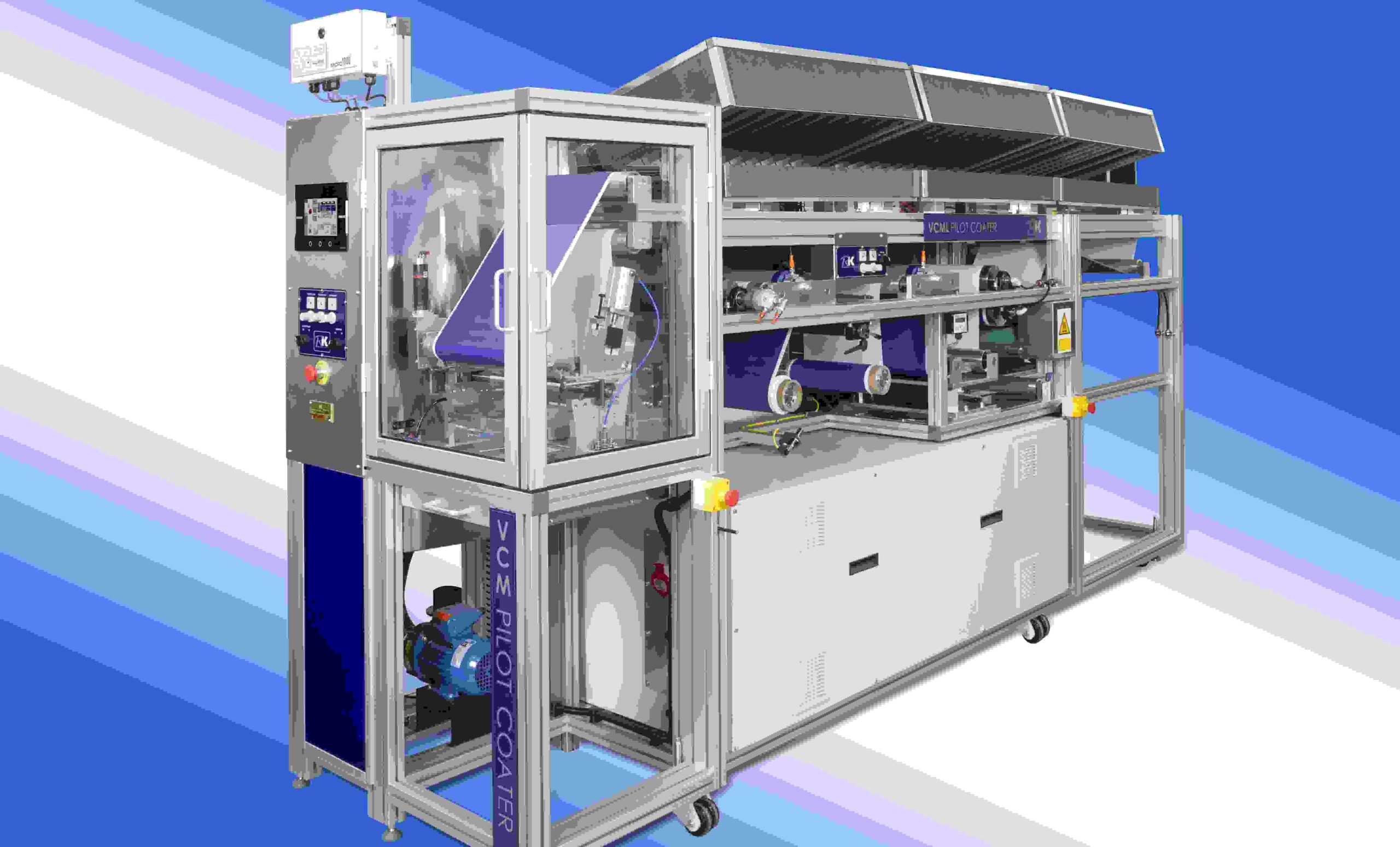Manufacturers of adhesive labelling materials and tapes with the cooperation of supply chain providers continue to expand application possibilities with the manipulation of adhesive properties and the development of new face stock materials, adhesives and liners.
The market for many has changed profoundly in recent years. Many of the pressure-sensitive tape goods that are available now are small-run speciality products for the electronics, electrical communication industries, automotive, aeronautics and marine and medical. Low-volume high-value precision tapes and labels are used for many techno-centric purposes by the aerospace industry.
Designed for fail-free performance
Industrial tapes are designed for fail-free performance and are manufactured to accredited standards. Depending upon the needs of the application PSA tapes may offer good peelability, flame resistance, heat conductivity, vibration, sound dampening and a good smooth, often ultra-thin profile.
Manufacturers have devised various ways to meet productivity objectives. One way is to manipulate heat energy in a way that the adhesive adheres when required and releases when needed, either via foaming agents in microcapsules or by using UV. With the latter when applied, a chemical reaction causes the adhesive agent to harden and shrink. In essence light/energy is converted into the mechanical energy needed for adhesive release.
The production of pressure-sensitive adhesives for labels and tapes is dependent upon the accurate coating and laminating of adhesives in measured amounts onto a chosen substrate. Sounds simple enough, but in reality, there are many variables to contend with and many performance requirements to be met.
Defining the parameters
Adhesives are available in a variety of formulations, each subject to specific viscosities and levels of solids. Different applications require various thicknesses and coat weights. Pressure-sensitive items may be coated via the pre-metered method, whereby the thickness of the adhesive is pre-determined prior to applying it to the web, or by post-metered methods. In post metering the adhesive or optimum amount of adhesive is determined after the adhesive has been deposited. In working practice, the coating method and most suitable coating applicator to use depends on the viscosity of the adhesive, solids content, the characteristics of the substrate, the desired coat weight and other performance-related parameters.
A post-metered method of coating that is often used to coat solution or emulsion-based pressure-sensitive adhesive is meter bar or rod coating. Because of the risk of ridging this method of coating is generally restricted to low viscosity formulations that offer good flow properties.
A pre-metered coating option is gravure. Direct, indirect, offset and reverse gravure are amongst the selectable coating options available with RK Print Coat Instruments VCML Lab/Pilot coater and the customer-bespoke VCM pilot/production machine.
Reverse gravure with its large wet coat range offers key coating benefits such as uniformity and freedom from pinholes. It is worth noting that a lot of work is being carried out to make barrier coatings more environmentally acceptable. Consequently, quite a few coating practitioners are moving to water-based coatings with lower solids. VCML Lab/Pilot machines have been supplied, with a large number for the barrier coating of papers. Sometimes modification to dryers is necessary.
Adhesives determine label effectiveness
Much of the effectiveness of a label is down to the adhesive. Labels must stand out but equally, they must stay on and in place, regardless of the surface of the product. For a soft touch product, one with a textured surface a very aggressive permanent adhesive is in order. On the other hand, the adhesive for a clear or no-label look would be one that is ultra-clear and permanent.
Many factors influence the final outcome, which is why there is a need to trial materials and processes and monitor quality. It is not always obvious or clear-cut as to which method of coating is appropriate. Environmental compliance, circularity and sustainability requirements increase the need for manufacturers, converters and consumable providers to be vigilant and ensure that processed products are viable and meet the standards expected of them. The VCML Lab/Pilot coater is an aid in enabling users to be product compliant.
The VCML with a working web width of up to 300mm enables users to print, coat and laminate on all types of flexible substrates. Offering short-run production capability, coating technologies include meter bar, gravure, slot die, knife-over-roll, extrusion coat, reverse roll, screen, wet or dry laminating and much more besides.
RK Print Coat’s VCML will be on display at drupa, Hall 3 stand D51.
By Tom Kerchiss, chairman of RK Print Coat Instruments Ltd
Caption: RK PrintCoat’s VCM Pilot Coater

